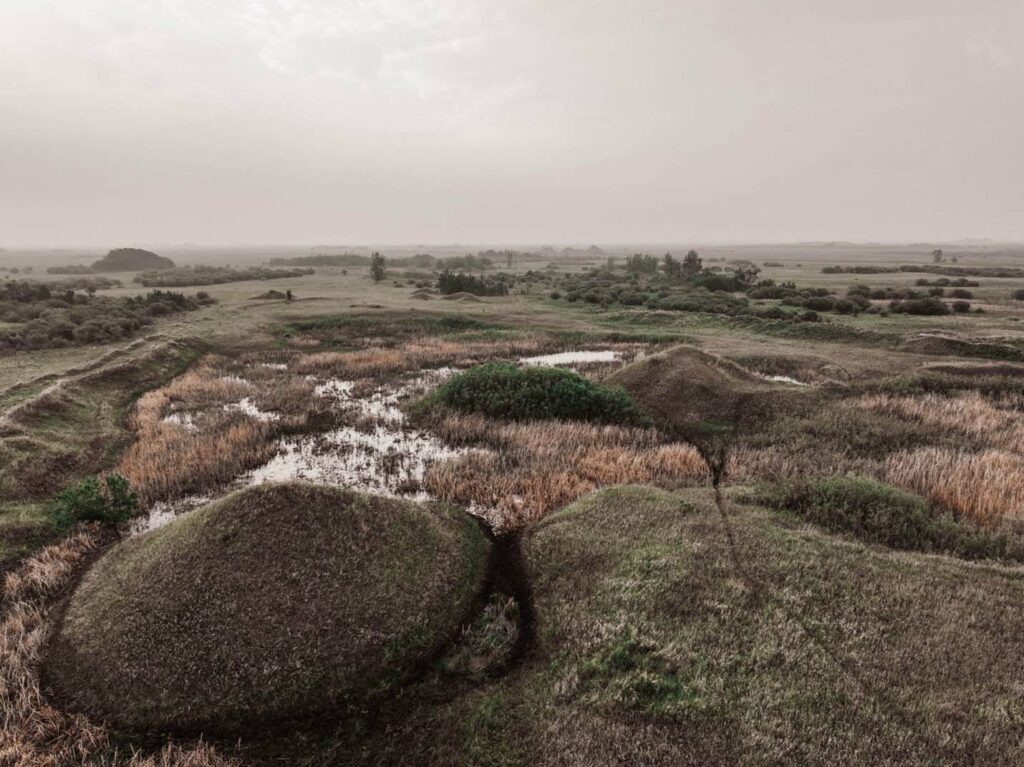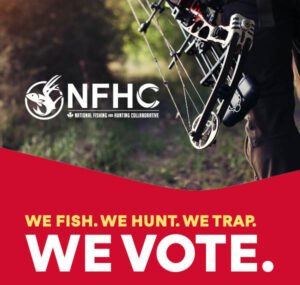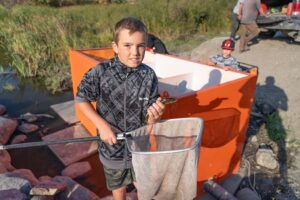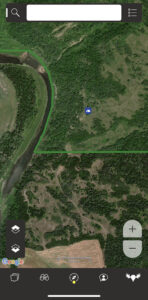The Manitoba wildlife federation is excited to announce the launch of a three-part video series profiling the WMA enhancement initiative pilot projects from a unique and in-depth perspective. This three-part series takes a deep dive into the processes and impacts of these pilot projects and explains the reasoning, application and need for this program across the province.
In the first video of the series, the MWF follows along with Species at Risk Biologist Tim Poole from the Wildlife branch at the Department of Natural Resources and Northern Development. Tim has been working of the project for 3 years, tracking the wildlife populations at both WMA sites in order to build up a baseline of data to compare the habitats pre and post disturbance. Tim provides a biologist’s perspective on the need for the reintroduction of disturbance onto these grassland habitats. Not only are these habitats some of the most threatened ecosystems remaining in Canada, but they are home to some of the most endangered species as well. To aid in the recovery of these threatened species we need to provide the habitat that they require, the habitat that traditionally existed when there were natural disturbances occurring across the landscape. Traditionally bison and wildfire would act as the ebb to the flow of the succession process, keeping the habitat in check and providing the grassland birds with suitable habitat for nesting. Without these natural disturbances occurring the rates of succession have increased at an unnatural rate, causing the grasslands to be overgrown with shrubs and woody vegetation. This loss of open grassland habitat is the reason for the decline of many of Manitoba’s Native grassland species.
This is where the WMA Enhancement Initiative Pilot Projects come in. The aim of this project is simple, reintroduce disturbance onto the landscapes to turn back the clock on the succession rates in the province. By working with some of Manitoba’s most experienced cattle producers, this project is using cattle as a proxy for bison, mimicking the disturbance the habitat requires. The second video in this series takes a look at some of the producers we are working with, and the rotational grazing systems being used to ensure the maximum benefits to restoring wildlife habitat.




